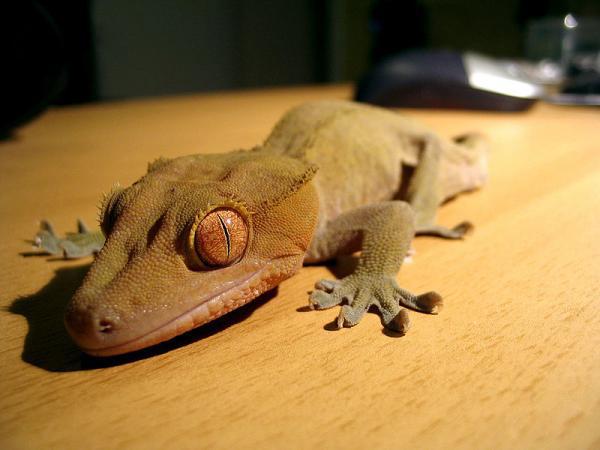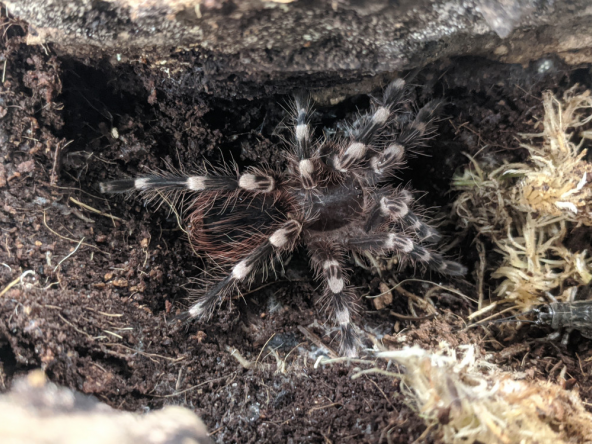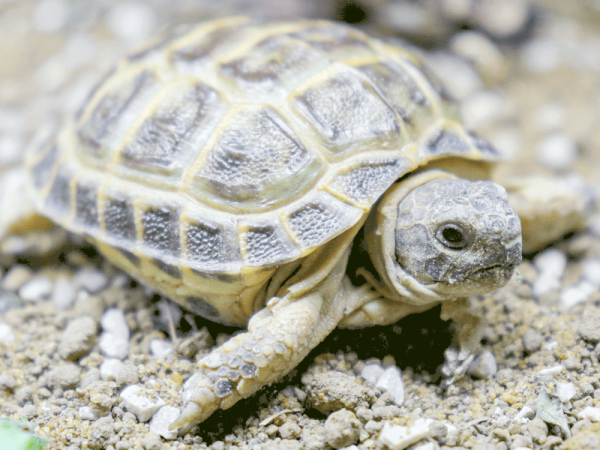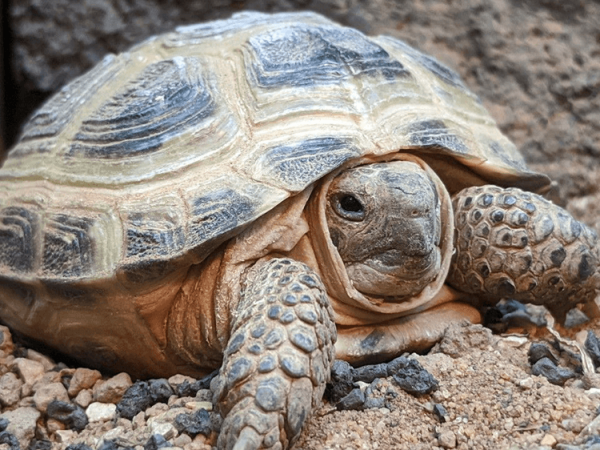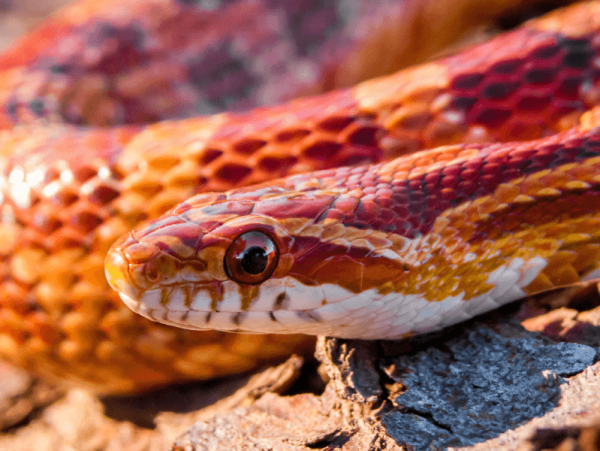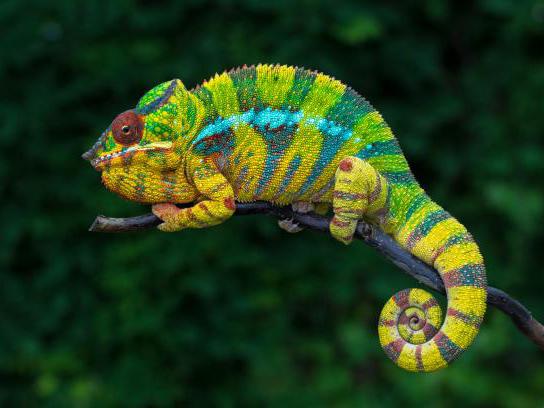Crested gecko care: Starter kits to breeding
Crested geckos can climb pretty much anything with their famous suction pads, but now they are climbing up the ranks of most popular pet reptiles.
And they may yet prove to be the ideal pet for busy working people. Because crested gecko care is so easy and cheap, the reptile's popularity is riding on the crest of a wave.
“Crested geckos are now one of the key five,” explains Shaune. “Bearded dragons, cornsnakes, leopard geckos, crested geckos and tortoises. Those are your key five for the beginner.”
And the crested gecko has certainly made a rapid ascent – after all, they were thought extinct until 1994.
Crested gecko care
According to Shaune, the crested gecko's popularity is down to three things – they are cheap and easy to look after, they are tame and best of all they are cute as a button.
Shaune said: “There's no complicated heat or UV needed for a crested gecko. In fact, this summer we're having now is just about ideal temperatures for them. All you need to do is regular misting with a cheap hand sprayer.”
The Crested Gecko (Rhacodactylus ciliatus) is native to New Caledonia, a Melanesian island northeast of Australia. But despite their tropical origins, they don't require lots of heat and UV, because, like their distant cousin, the leopard gecko, they are nocturnal.
Shaune said: “Crested geckos are very tame, they never bite. They like plenty of love. I wouldn't advise handling them too much, but taking them out of the tank for 20 minutes and handling them is ideal – they seem to like that.”
The diminutive crested gecko grows no larger than the palm of your hand and caution should be exercised when handling them for two reasons. Although they may not be able to pounce on a cricket every time, they can run up your living room wall a lot quicker than you can.
Shaune said: “Cresties can be very fast when they want to be, before you know it they can be up your walls and across your ceiling and you're up a ladder trying to get them down.”
Crested geckos also have the defence mechanism of dropping their tail. This doesn't harm the gecko, but the poor little mite is certainly better off with one than without. And unlike some other geckos, it won't grow back.
But all talk of UVB, nocturnal activity and tail shedding aside, perhaps the main reason crested geckos are becoming so popular is that they are just so darn cute. Cresties have eyelashes like Bambi (“girlie eyelashes”, according to Shaune) – what's not to love?
It may be tempting for the novice crestie keeper to buy the largest terrarium they can afford. But this isn't always the wisest course of action.
Your crested gecko may be able to outrun you on the kitchen lino, but a cricket two feet away can easily evade them. Therefore a 45cm cube terrarium is about your best bet.
While wooden vivariums may be king when it comes to desert species like the bearded dragon, Shaune recommends the glass terrarium for crested geckos. The glass holds the humidity better “and you never have to worry about swelling,” urges Shaune.
Crested geckos enjoy crickets and similar insects but can also be fed prepared food like Repashy Superfoods.
Shaune said: “Babies, in particular, love the sweet taste of the Repashy and are attracted by its aroma. Just put it in a shallow food dish.”
Repashy is of course preferable to the money-saving strategy of feeding human baby food (fruit puree rather than lasagnes). Repashy may cost a little more than Cow & Gate – but there's a reason for that, and of course the reason is that Repashy is tailored specifically to your gecko's nutritional needs.
Although the likes of Repashy can be used as a staple diet, it's also good to give them live food. “They like a nocturnal hunt,” said Shaune. “It's always good to encourage natural instincts and hunting behaviour.” For maximum nutrition, your crickets should be fed on Swell Premium Bug Grub or dusted with Vetark Nutrobal.
Crested gecko starter kits
Shaune said: “I would always recommend a crested gecko starter kit – our best seller is the Swell Crested Gecko Starter Kit Beginner. The terrarium is just the right size for a juvenile and you can always upgrade to a larger terrarium – like the one in our advanced kit later on. Remember you don't want the terrarium too big or they won't catch their food.”
One of the key elements in the kit is a heat mat. Unlike some reptiles, the mat should be deployed on the side of the terrarium rather than underneath.
Shaune said: “Crested geckos don't spend enough time on the floor of the terrarium to put it there. It's best to go on the side, that way the crestie can go over to the heat when it needs it to help digestion then go and sit somewhere else to chill out.”
It's also worth getting a night glow bulb because after all when the sun goes down, this is when the crested gecko springs into action.
Shaune said: “You can look at your crested gecko all day and then all of a sudden you look at them at night time and they literally show their true colours. They come out really bright and sometimes – bang! It just hits you how striking their colours are.”
Although British summertime is ideal for a crestie sometimes it can get that little bit too warm. Some customers have reported using a small fan near the terrarium to circulate the air.
“Make sure you put it well away from the terrarium, said Shaune, maybe on the mesh roof. Don't put it near to where the reptile can get hurt.”
Elsewhere in the terrarium, your décor should be something functional that allows them to get up and get down. Consider some Sumatra wood, Abutilon vine or a Repti Hammock.
They should also have a nice moist substrate like a bark chip but unlike some reptiles, they don't desire caves to hide in – so think more bamboo tubes than coconut hides.
But where's the best place to buy a crested gecko? For those new to the hobby, make sure you buy from a reputable pet store and check that the gecko is healthy. It should have clear nostrils, clear airways, no retained shed and it's nice to have a chunky belly and of course the tail intact.
Shaune added: “I would recommend buying a juvenile. That way it's more established than a baby, but you still get to watch it grow.”
Generally it is best to keep cresties on their own or perhaps two females. Two males may fight (and you'll pretty much be guaranteed shed tails), a male and a female will mate. There will of course be exceptions – two males may live happily together if they have grown up together as babies and never had a female crestie flutter her eyelashes at them.
Sexing and mating crested geckos
Sexing a crested gecko is a lot easier than, for example sexing a snake. A male crested gecko has if you'll pardon the expression, a bulge in the trouser department.
Mating crested geckos can seem a strange process. After mating the female can carry the sperm for up to six months laying a few eggs at a time. Therefore your geckos can have “twins” born six months apart. They are not predatory towards eggs which are, says Shaune: “About the size of chocolate mini eggs.”
Eggs can be kept in the terrarium but it's safest to use an incubator. Crested gecko morphs are also becoming popular. While a regular crestie may sell for around £50, a nice morph may fetch a few hundred pounds.
Shaune said: “There are some beautiful colour morphs, the pinstripe, Dalmation and Harlequin morphs have very striking markings. The females usually carry a higher price tag, but then again, a good co-dominant male is also of value.”
According to Shaune, cresties are still a long way off rivalling the popularity of the bearded dragon. After all the beardie seems to display more personality and is more likely to curl up on your lap. The crested gecko comes out to play at about 7pm so they are perfect for those who may get in from work late and still want to see their pet in action.
Shaune added: “Crested geckos can't be faulted if you have a busy lifestyle. You don't have the burden of cleaning them out all the time, they don't smell and the costs for maintenance are very low.”
So what's the best reptile to buy for busy people? One flutter of those “girlie eyelashes” and we're sold – it's the crested gecko every time.
by Simon Keegan




